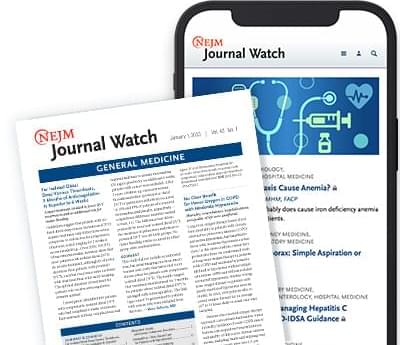Despite preventive strategies, cytomegalovirus (CMV) remains a leading cause of disease after solid organ transplantation. Indirect effects of CMV infection include organ-specific complications (e.g., chronic allograft nephropathy, cardiac vasculopathy) as well as more-general effects including excess risk for rejection and death. After lung transplantation, chronic lung allograft dysfunction (CLAD) is the most important limitation to long-term survival. Thus, investigators sought to determine the role of CMV in CLAD.
Among 668 lung transplant recipients, 647 had evaluable data. CLAD developed in 39% and was associated with high-risk (CMV donor positive/recipient negative) serostatus and, to a lesser degree, intermediate-risk (CMV recipient positive) serostatus. CLAD was not associated with CMV DNAemia. By contrast, CMV DNAemia was associated with the combined endpoint of death or re-transplantation, and higher CMV levels were associated with increased risk.
The causes of CLAD remain obscure, frustrating efforts to improve outcomes after lung transplantation. The authors speculate that CMV replication limited to the allograft — and possibly combined with episodes of CMV DNAemia without lung involvement — might explain the association of CLAD with CMV as determined by serostatus but not DNAemia. Further research is necessary to determine if serosorting (i.e., only transplanting lungs from CMV-negative donors into CMV-negative recipients) or life-long CMV prophylaxis in high-risk recipients is justified.
